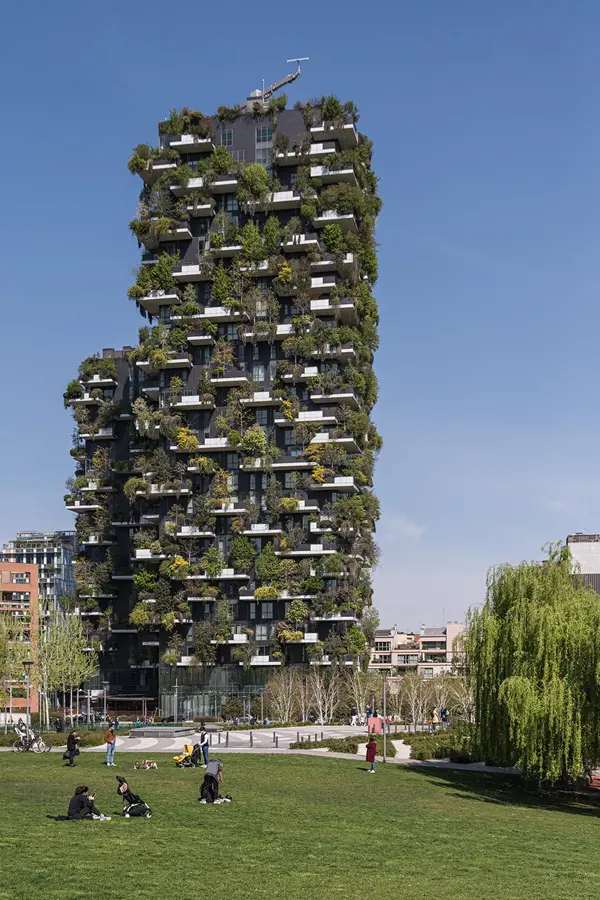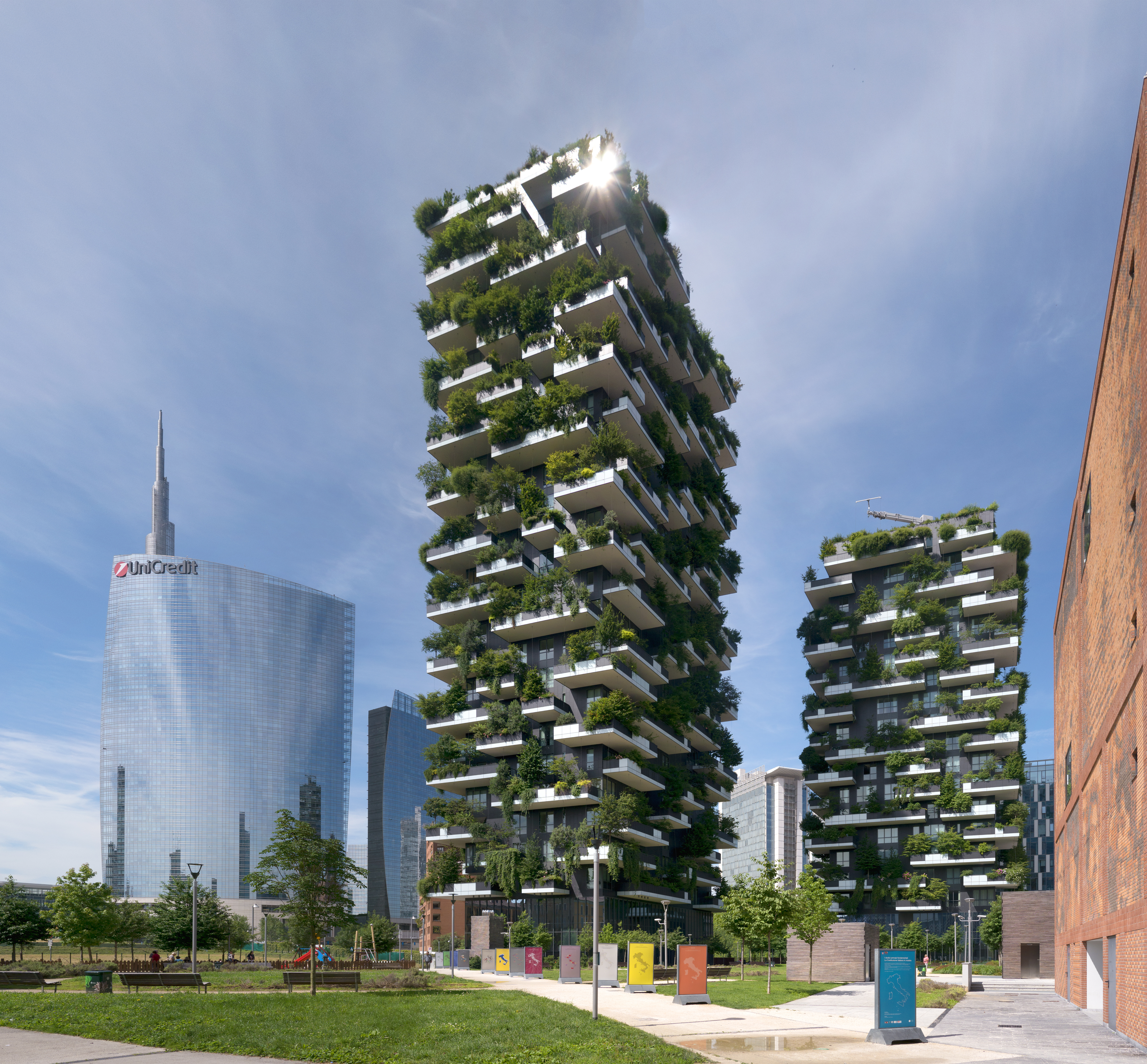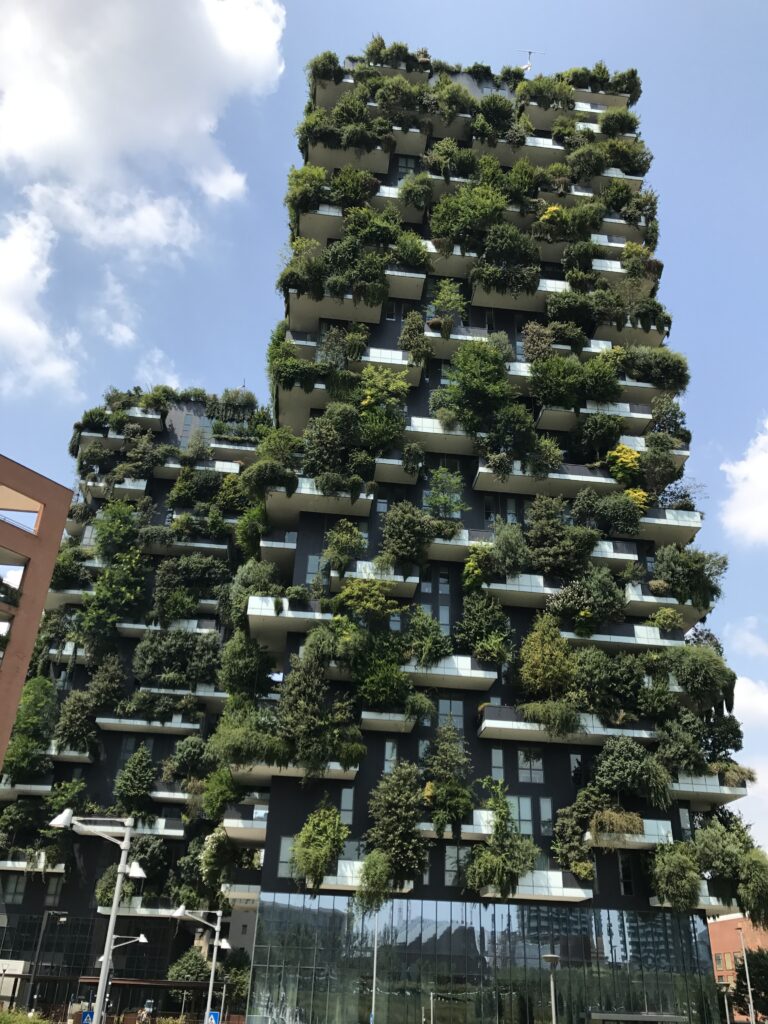Let’s not beat around the bush—Milan isn’t your average Italian city. No seaside charm, no winding alleyways like in Naples, and no flamboyant baroque like in Lecce. But it does have something that sets it apart: a bold vision of the future. And nowhere is that more clear than in the iconic Bosco Verticale—two green towers rising above the city’s northern skyline, near Porta Garibaldi.
Two towers. One is 367 feet tall, the other 262. You’d think they’re just more modern high-rises. Think again. These buildings breathe. With over 800 trees, 5,000 shrubs, and 15,000 plants wrapped around their balconies, they’ve turned a vertical forest into a real, lived-in reality.
A New Way of Urban Living
Rewind a few years, and this area was little more than old train tracks and warehouses. Today? It’s one of Milan’s most cutting-edge districts—Porta Nuova. And right at its heart stands the Bosco Verticale. It’s not just a residential building—it’s a statement: we can live with nature, not away from it.
The best part? It’s not just for show. Birds, bees, butterflies—they all call this place home. In fact, over 20 species of birds have made their nests among the branches of this vertical ecosystem.

Boeri’s Bold Vision
At the helm of the project is architect Stefano Boeri. In 2010, he didn’t just design a building—he imagined a forest in the sky. Inspired by the legendary Hanging Gardens of Babylon and the Guinigi Tower in Lucca (yes, the one with trees on top), Boeri wanted to bring Milan’s hidden greenery out of the courtyards and into the light.
The idea? Stop hiding nature behind walls. Put it on display. Let it be part of the skyline.

Beauty Meets Function
Sure, it’s a visual masterpiece. But the greenery isn’t just pretty—it works. Trees filter sunlight, cool the air, produce oxygen, and reduce pollution. In a city like Milan, where summers can be brutal, this isn’t a luxury—it’s a game-changer.
Credit goes to agronomist Laura Gatti, who curated every plant based on its position. The south-facing sides are filled with drought-resistant species, while the northern façades have deciduous plants that drop their leaves in winter to let more light in. This is smart architecture, folks.
Flying Gardeners: Not Sci-Fi, Just Good Maintenance
Now, how do you take care of hundreds of trees on a skyscraper? With “flying gardeners,” of course. These aren’t superheroes—they’re skilled professionals trained to rappel down the sides of the towers, trimming, pruning, and replacing plants as needed.
Meanwhile, a high-tech irrigation system, powered when possible by rainwater, keeps the roots hydrated and healthy. Every detail’s been thought out. This isn’t greenwashing. This is the real deal.
Next Door: The Library of Trees
Just below the Bosco Verticale is another urban gem—the Biblioteca degli Alberi (Library of Trees). Don’t expect books. Instead, expect an innovative public park designed to connect nature, design, and community.
Even if you don’t live in the towers, you can still enjoy the green space. It’s proof that green architecture isn’t exclusive—it’s inclusive.
From Milan to the World
This idea didn’t stay put. Boeri has taken his concept global. In the Netherlands, he built the Trudo Tower in Eindhoven and the Wonderwoods in Utrecht—vertical forests with housing, shops, and offices. In Antwerp, Belgium, there’s even a horizontal take on the concept: the Palazzo Verde, with thousands of plants bringing life to the neighborhood.
In short: Milan started a trend, and the world took notice.
 ❓ Frequently Asked Questions
❓ Frequently Asked Questions
📍 Where is the Bosco Verticale?
In Milan’s Porta Nuova district, near Porta Garibaldi station. It’s visible from miles away—you can’t miss it.
🧠 Who designed it?
Stefano Boeri, a big name in sustainable architecture. Google him—you’ll be impressed.
🌳 How many plants does it have?
Roughly 800 trees, 5,000 shrubs, and 15,000 plants. It’s not called a forest for nothing.
🚪 Can you go inside?
Nope. It’s a private residential complex. But even from the outside, it’s worth the trip.
🌬️ What’s the environmental impact?
Cleaner air, lower temperatures, less noise pollution—and a better quality of life.
🌍 Are there similar projects elsewhere?
You bet. Netherlands, Belgium, and more. But the original’s still the crown jewel.
🌿 Conclusion: A Forest Grows in Milan
The Bosco Verticale isn’t just a building—it’s a vision of what cities can become. A place where concrete and chlorophyll coexist, where architecture embraces ecology, and where living green isn’t a luxury—it’s a necessity.
In a time of climate change and urban sprawl, Milan reminds us that innovation doesn’t mean more glass and steel. Sometimes, it means more leaves, birdsong, and shade.
📣 Call to Action
💡 Enjoyed the read? Share this with someone who still thinks cities can’t be green.
📍 Planning a trip to Milan? Put the Bosco Verticale at the top of your list.
🔗 Curious about Boeri’s other projects? Visit the official website—you’ll thank me later.


